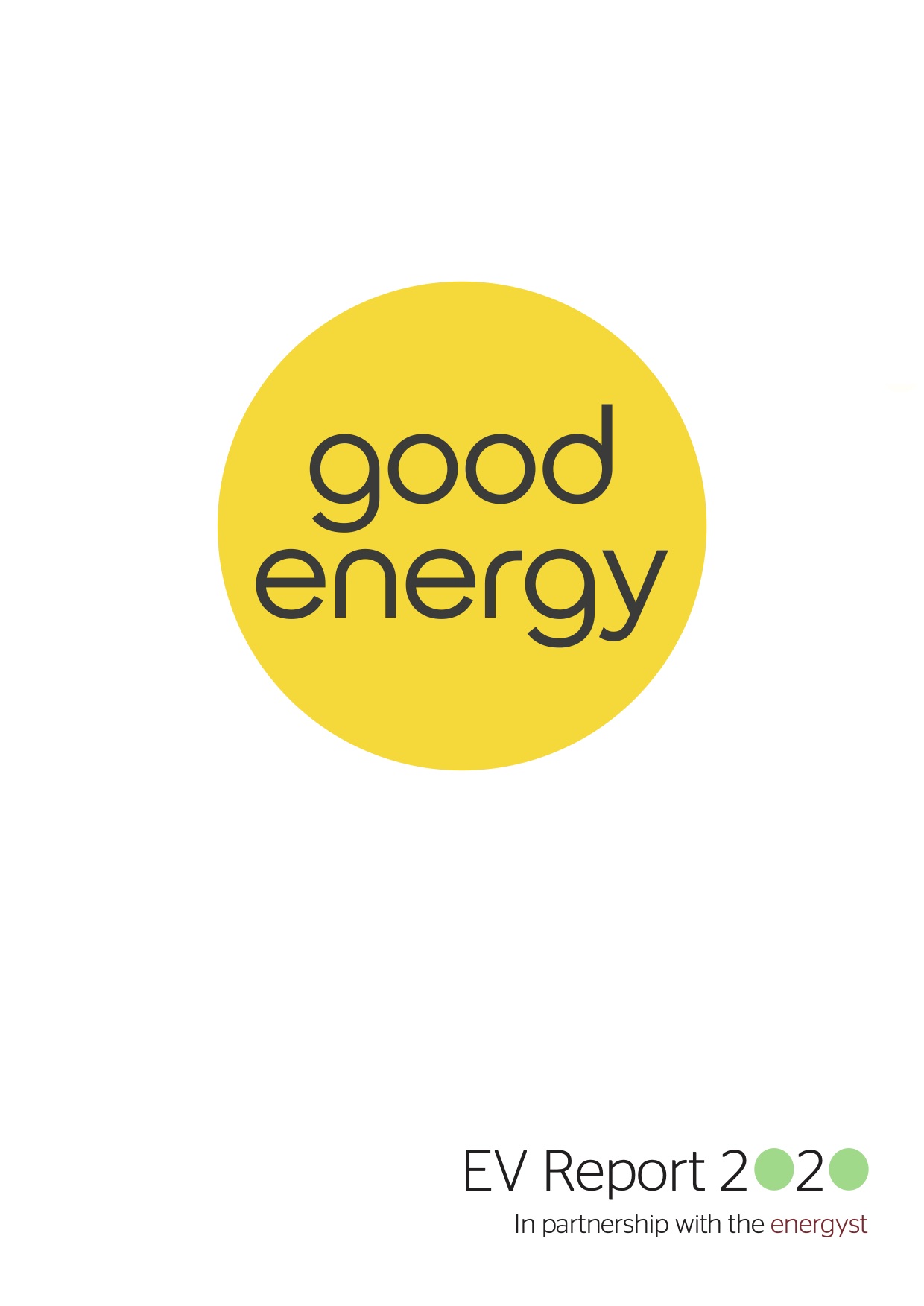The sun rose this morning on a changing solar landscape across Britain, as clean energy pioneer Good Energy quit generation and renewables super-developer SSE bought into its first PV farm.
Styling itself as the UK’s ‘national clean energy champion’, SSE announced its purchase of a 30 MW plot at Littleton Pastures, located near Evesham, Worcestershire.
The price paid to originating developer Stark Energy was not disclosed. Construction on the 77 acre site is due for completion by late next year. Power meeting the needs of around 9,400 homes will result.
The Perth-headquartered developer of onshore and offshore wind says it is investing around £7m each day on critical low-carbon infrastructure.
Meanwhile pioneering green energy retailer Good Energy today delivered on its pre-announced strategy to move out of generation.
The Chippenham-based company, founded by Dame Julia Davenport and now led by Nigel Pocklington, will pocket up to £24.5 million in stages from the sale to rising clean power investor Bluefield Solar Income Fund of its entire 47.5MW portfolio, leaving Good Energy essentially debt-free.
The assets include six solar farms totalling 30.1MWp in the south west, and two wind farms totalling 17.4MWp. They supplied around 15% of the firm’s energy supplied to customers. Long term PPAs with its existing raft of 1,900 independent generators will play a part in taking up the slack.
The deal offers a premium on the portfolio’s net book value, given on last June’s balance sheet at £17.7m.
Good Energy says it will use the funds to invest in transport and decentralised energy. Its offshoot Zap-Map is raising currently funds; the parent confirmed this morning it will participate. Upgrading the group’s operations and trading platform will take up cash.
Writing to investors, CEO Pocklington welcomed “a transformational moment for Good Energy and a fantastic deal for all of our stakeholders”.
“We are using the capital from our past, to invest in our future”.
“Last year”, the CEO went on, “we outlined our clear strategic direction to capitalise on a rapidly growing market in decentralised, digitised clean energy and transport services, based on 100% ‘real’ renewable power”.
Lingering subsidies underpin revenues from the eight ventures. According to Bluefield, five of the solar farms are accredited under the feed-in-tariff alone, and one under the Renewable Obligation Certificate (ROC) regime, at a tariff of 1.4 ROCs. Both wind farms are accredited under the ROC regime, at 1 ROC and 0.9 ROCs respectively.
In the period 2021 to 2034, the proportion of regulated revenues from the portfolio is projected to be approximately 65%.
The deal will add to Bluefield’s existing portfolio of 670MWp of solar and wind assets, spread across 14 counties.




